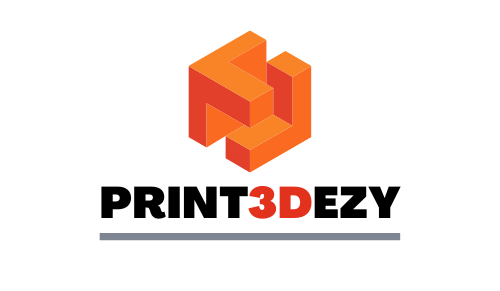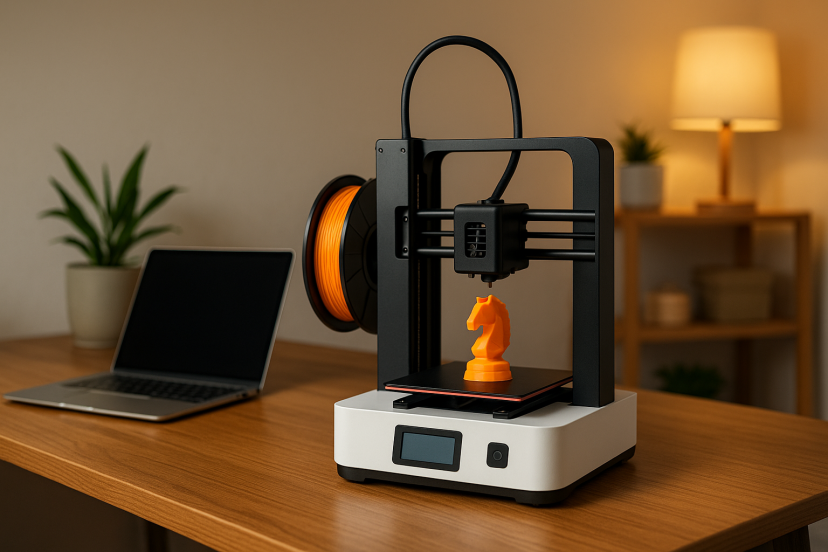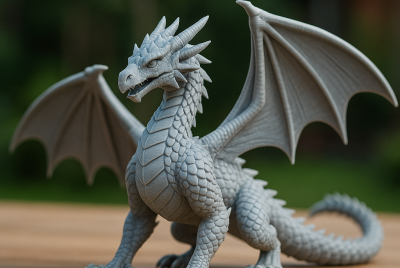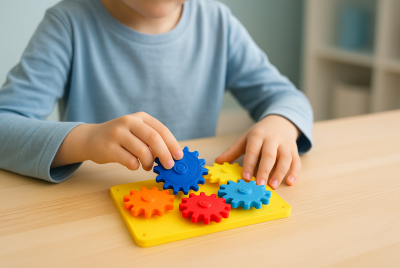Top Mini 3D Printer Models for Easy Printing at Home
The mini 3D printer has revolutionized how we create at home. Whether you’re a hobbyist, student, or designer, these compact machines let you turn ideas into physical objects—right from your desktop. No longer do you need a massive setup or complex calibration; today’s mini printers are affordable, efficient, and surprisingly precise. They fit neatly in small spaces and deliver professional-quality results that rival larger models. From crafting custom parts to experimenting with 3D-printed jewelry, these little powerhouses make creative innovation easier than ever.
Why Choose a Mini 3D Printer?
Mini 3D printers are designed for convenience. They’re perfect for hobbyists, students, and small business owners who want to prototype or create custom designs without investing in industrial-grade machines. Their smaller footprint means they fit neatly on a desk or shelf, making them ideal for apartments, classrooms, or home studios.
Advantages of Compact Printing
- Affordability: You can get started for under $300.
- Ease of Use: Many models are plug-and-play with intuitive software.
- Portability: Move it between rooms or carry it to workshops effortlessly.
- Quiet Operation: Perfect for use in home offices or areas shared with others.
If you love creative DIY projects, you might also enjoy exploring 3D-printed jewelry—a perfect example of what these mini machines can make.
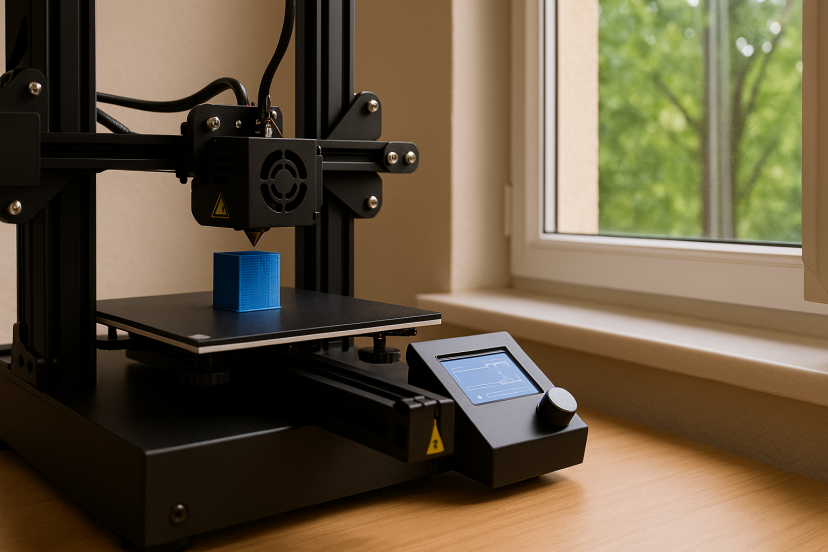
Top 5 Mini 3D Printers for Home Use
Below are five outstanding mini 3D printers known for their reliability, accuracy, and user-friendly features. Each one brings something different to the table—whether you value precision, portability, or simplicity.
1. Bambu Lab A1 Mini 3D Printer
The Bambu Lab A1 Mini is a powerhouse in a small frame. Known for its multi-color printing capability, full auto-calibration, and vibration compensation, it delivers professional-grade prints without the learning curve. With a sleek, quiet design and a reliable build plate, it’s perfect for home creators who want fast, flawless results.
Highlights:
- Multi-color compatibility via AMS Lite system
- Fully automatic bed leveling and calibration
- Vibration and extrusion compensation for precise details
- Whisper-quiet operation ideal for offices or studios
2. ANYCUBIC Photon Mono 2 Resin 3D Printer
The ANYCUBIC Photon Mono 2 uses LCD resin technology to create exceptionally detailed prints with smooth finishes. It’s ideal for jewelry designers, miniatures, and hobbyists who want high-resolution output. The upgraded LightTurbo matrix and anti-scratch screen protector extend its lifespan and improve consistency.
Highlights:
- 6.6″ 4K+ monochrome LCD for crisp accuracy
- Enhanced LightTurbo lighting system
- Resin-safe design with reduced odor and splash protection
- Perfect for miniature models and small crafts
3. Entina Tina2 Basic Mini 3D Printer
Fully assembled right out of the box, the Entina Tina2 Basic is one of the most beginner-friendly printers available. Its auto-leveling and removable magnetic plate make printing simple and cleanup fast. Despite its small footprint, it offers consistent performance, making it great for families, classrooms, and casual creators.
Highlights:
- Fully assembled and ready to print
- Auto bed-leveling system
- Removable magnetic build plate
- Lightweight and compact for small spaces
4. Entina Tina2S Mini 3D Printer
An upgrade from the Basic version, the Entina Tina2S adds Wi-Fi connectivity, a touch-screen interface, and remote printing through the Poloprint app. It’s a great choice for users who want a balance of simplicity and smart control. You can easily monitor or start prints from your phone or tablet.
Highlights:
- Wi-Fi and app-based printing control
- 2.4″ color touchscreen
- Auto-leveling and silent operation
- Beginner-friendly with precision printing results
5. Entina TINA2 Plus V3 Mini 3D Printer
The Entina TINA2 Plus V3 is built for creators who want a dependable, plug-and-play printer that can handle frequent use. It supports multiple connection options—Wi-Fi, USB, and microSD—and features upgraded motion stability for consistent prints. Its pre-calibrated design saves setup time and ensures easy operation from day one.
Highlights:
- Larger print volume than most mini printers
- Supports Wi-Fi, USB, and SD card printing
- Quiet and stable motion design
- Fully assembled and pre-calibrated
Mini 3D Printer Comparison Table
| Model | Best For | Technology | Build Volume | Notable Feature |
| Bambu Lab A1 Mini | Best overall performance | FDM | 180×180×180 mm | Multi-color printing + vibration compensation |
| ANYCUBIC Photon Mono 2 | Best for resin detail | LCD Resin | 143×89×165 mm | 4K+ high-precision LCD screen |
| Entina Tina2 Basic | Best for beginners & kids | FDM | 100×120×100 mm | Fully assembled, plug-and-play |
| Entina Tina2S | Smart home printing | FDM | 100×120×100 mm | Touchscreen + remote printing |
| Entina TINA2 Plus V3 | Frequent home creators | FDM | 120×120×120 mm | Multi-connection support + quiet design |
How to Choose the Right Mini 3D Printer
When selecting your printer, consider the following:
- Build Volume: Bigger isn’t always better—choose based on your project size.
- Filament Compatibility: PLA is easiest for beginners; ABS and PETG suit advanced users.
- Print Speed & Quality: Look for printers with reliable extrusion systems and stable frames.
- Support & Updates: A strong user community and regular firmware updates make life easier.
- Ease of Maintenance: Swappable nozzles, auto-leveling, and quick calibration save time.
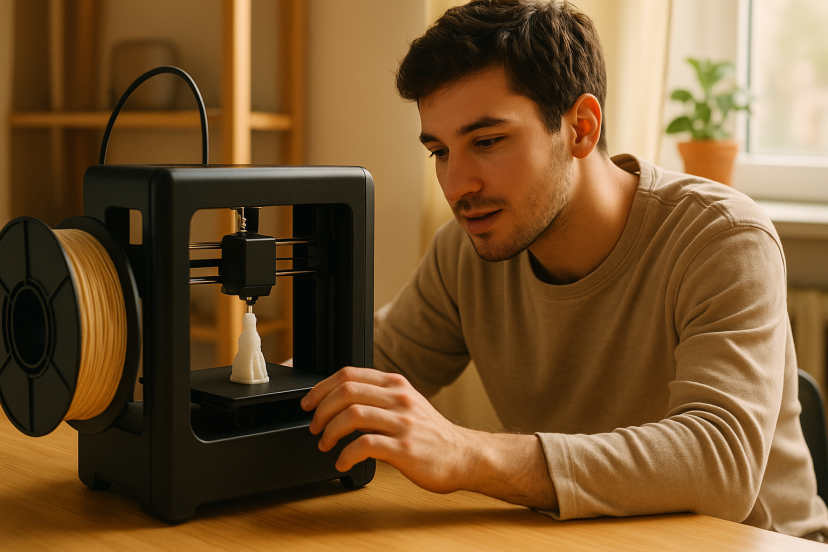
Research-Backed Insights on Precision and Safety
While compact 3D printers have made home printing more accessible than ever, their performance and safety are areas that researchers continue to explore in depth. Two key studies shed light on the importance of both dimensional accuracy and safe printing environments—two things every mini 3D printer owner should care about.
1. Dimensional Accuracy and Tolerances
According to a detailed review by Xometry, every 3D printing process—especially Fused Deposition Modeling (FDM), which most mini printers use—has its own margin of dimensional variation. The study found that smaller printers, despite their compact build, can achieve impressive accuracy within ±0.1 to ±0.2 mm under stable temperature and humidity conditions. However, factors like filament quality, nozzle temperature, and layer height can slightly affect precision.
For home users, this means that even if your mini printer can’t match industrial-grade tolerances, it’s still capable of producing finely detailed jewelry pieces, miniatures, or functional prototypes. With proper calibration and filament choice, these compact machines can rival larger setups in consistency—making them perfect for creators who value both space and quality.
2. Safety and Indoor Air Quality
Meanwhile, Stanford University’s Environmental Health & Safety (EHS) released a comprehensive 3D Printing Guidance document emphasizing ventilation and safe practices for desktop printing. Their research-based recommendations highlight that consumer-grade 3D printers can emit ultrafine particles (UFPs) and volatile organic compounds (VOCs), especially when printing with ABS or high-temperature materials. Stanford’s findings recommend:
- Printing in well-ventilated areas or using local exhaust systems
- Choosing PLA filaments, which release significantly fewer emissions
- Avoiding enclosed, unventilated rooms for long print sessions
For home creators using mini 3D printers, this guidance is especially important. Many compact printers are used in bedrooms or small offices, so proper ventilation or the use of air purifiers ensures a safer and cleaner printing environment.
Together, these studies reinforce two essential truths: mini 3D printers can deliver precise, professional-quality prints while maintaining safe home operation, provided users pay attention to setup conditions and air quality.

Creative Projects You Can Make
Mini 3D printers aren’t just for tech enthusiasts. You can use them to make:
- Custom keychains and jewelry
- Miniature models and collectibles
- Replacement household parts
- Educational STEM projects
- Personalized gifts and ornaments
Whether you’re designing earrings or unique pendants, mini 3D printers make it simple to start your creative journey at home.
Conclusion
A mini 3D printer is your gateway to innovation—small enough for your desk but powerful enough to make big ideas real. Whether you want to tinker, teach, or turn a side hobby into a business, these compact printers can make that happen. Start small, print smart, and watch your creativity grow layer by layer.
FAQs
1. Are mini 3D printers suitable for beginners?
Yes! Most models today come with pre-set profiles and intuitive software, perfect for first-time users.
2. What materials can I use?
Common options include PLA, PETG, and TPU. Some advanced models also support ABS and wood-fill filaments.
3. How long does it take to print small objects?
Depending on size and detail, prints can take anywhere from 30 minutes to 3 hours.
4. Do mini 3D printers require regular maintenance?
Minimal maintenance—just keep the bed clean, nozzles unclogged, and update firmware when needed.
5. Can I sell items made with a mini 3D printer?
Absolutely. Many Etsy and small business sellers use compact 3D printers to create and sell custom designs online.
